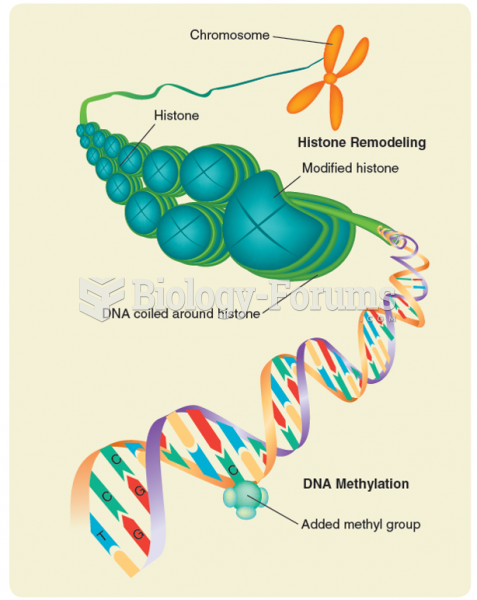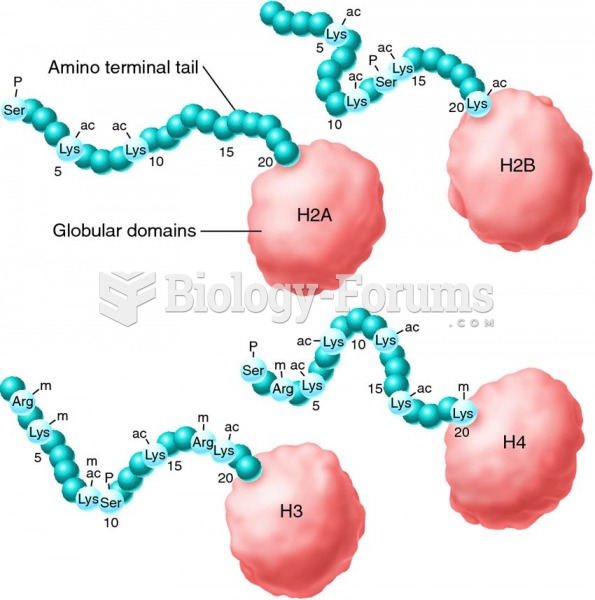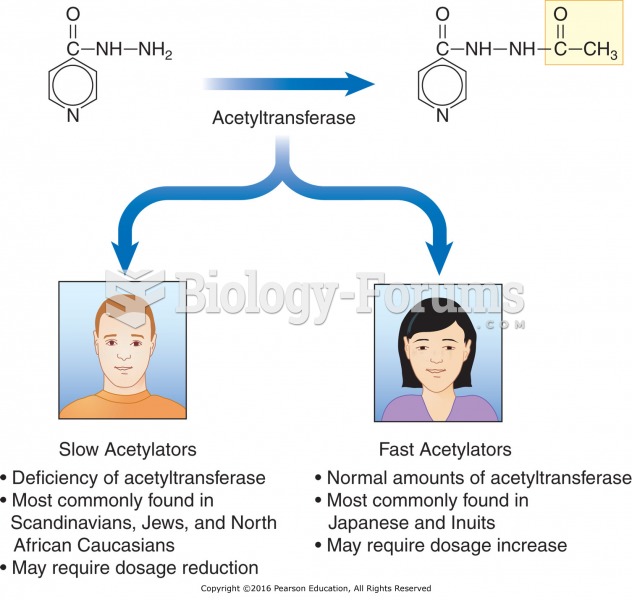Definition for Histone acetylation
From Biology Forums Dictionary
n histone acetylation and deacetylation, the histones are acetylated and deacetylated on lysine residues in the N-terminal tail and on the surface of the nucleosome core as part of gene regulation. These reactions are typically catalyzed by enzymes with "histone acetyltransferase" (HAT) or "histone deacetylase" (HDAC) activity. The source of the acetyl group in histone acetylation is Acetyl-Coenzyme A, and in histone deacetylation the acetyl group is transferred to Coenzyme A.
Acetylated histones and nucleosomes represent a type of epigenetic tag within chromatin. Acetylation removes the positive charge on the histones, thereby decreasing the interaction of the N termini of histones with the negatively charged phosphate groups of DNA. As a consequence, the condensed chromatin is transformed into a more relaxed structure that is associated with greater levels of gene transcription. This relaxation can be reversed by HDAC activity. Relaxed, transcriptionally active DNA is referred to as euchromatin. More condensed (tightly packed) DNA is referred to as heterochromatin. Condensation can be brought about by processes including deacetylation and methylation; the action of methylation is indirect and has no effect upon charge.
This charge neutralization model has been challenged by recent studies, according to which transcriptionally active genes are correlated with rapid turnover of histone acetylation. This requires that the HATs and HDACs must act continuously on the affected histone tail. Methylation at a specific lysine residue (K4) is involved in targeting histone tails for continuous acetylation and deacetylation.



